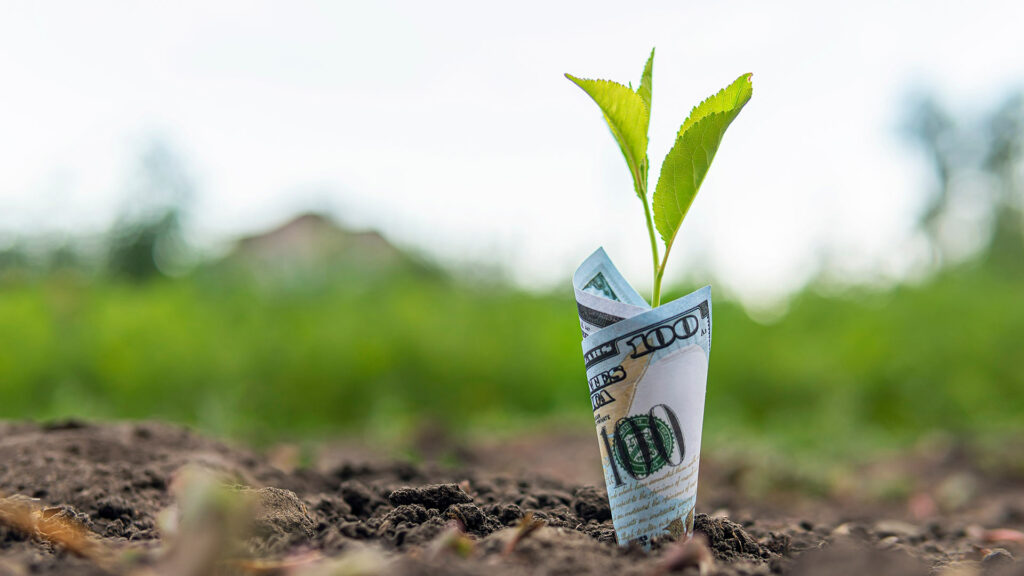Cultivating Sales:
In the fertile soil of the business world, sales and farming may seem as different as tomatoes and tractors. However, they share more than just mere metaphors. The similarities stretch far beyond superficial comparisons. Both fields require meticulous planning, nurturing, and strategic execution. Whether you are planting crops or building a customer base, the principles guiding a successful farm can translate directly into the sales process. Understanding these parallels can enrich your sales strategy, providing a natural and organic path to growth. Here’s a comprehensive look at how these two disparate fields intertwine.

1. Preparing the Soil: Market Research
Farming: Before planting, understanding soil type, climate, and the specific needs of each plant is essential. The right preparation can mean the difference between a thriving crop and a failed harvest.
Sales: In sales, market research acts as the preparation phase. Knowing your target audience, studying competitors, and understanding the industry landscape are akin to preparing the soil for planting. Getting this step right ensures that your sales strategies are tailored to meet the unique needs and desires of your customers, setting the stage for successful growth.
2. Planting the Seeds: Prospecting and Lead Generation
Farming: Choosing the right seeds and planting them at the correct depth and spacing is vital for the success of a crop. The choice of seeds must align with the climate, soil type, and market demand.
Sales: Identifying and reaching out to potential customers, or leads, requires a similar level of precision. The right prospects are those who align with your products or services, and connecting with them involves careful planning and execution. Selecting the right leads can foster robust growth for your business, just as choosing the right seeds can yield a bountiful harvest.
3. Watering and Nurturing: Relationship Building
Farming: Regular watering and care lead to growth. Relationships with plants are built over time, involving consistent attention and nurturing.
Sales: Building trust and relationships with prospects requires time, care, and personalized attention. Regularly connecting with potential customers, understanding their needs, and providing valuable solutions fosters trust. Just like watering a plant, this nurturing approach helps relationships grow and flourish.
4. Weeding: Eliminating Obstacles
Farming: Weeds must be identified and removed to prevent competition for resources. Weeding ensures that the plants have all the necessary nutrients to grow.
Sales: Identifying and overcoming objections or barriers to a sale is essential for success. Recognizing the obstacles that may hinder a sale and proactively addressing them ensures a smooth process. Just as removing weeds promotes healthy growth, overcoming barriers clears the path for successful sales.
5. Pruning: Refinement and Improvement
Farming: Pruning helps in shaping the plant and improving productivity. Removing unnecessary branches allows for stronger growth.
Sales: Regular analysis and refinement of sales strategies ensure optimal results. Trimming away ineffective methods and focusing on what works improves efficiency and outcomes, much like pruning in farming.
6. Harvesting: Closing the Sale
Farming: Knowing the right time to harvest ensures the best quality produce. Timing is everything.
Sales: Recognizing when a prospect is ready to buy and acting at the right time leads to successful closing. Understanding the signs and acting accordingly mirrors the precision required in harvesting crops.
7. Rotation and Sustainability: Long-Term Customer Relationships
Farming: Crop rotation maintains soil health for future planting. Sustainability practices ensure that the land continues to be fruitful year after year.
Sales: Nurturing long-term relationships with clients ensures sustainability and growth for the future. Continued engagement and understanding of evolving customer needs keep the relationship fresh and productive. This long-term approach builds a sustainable customer base, just as crop rotation preserves the vitality of the soil.
Conclusion:
Both farming and sales demand patience, understanding, and continuous care. They require an intimate knowledge of the environment, whether it’s the soil or the market. The farmer’s touch in the garden has a mirror image in the finesse of a skilled salesperson. By aligning with these principles, you can grow your sales organically, just like a thriving garden.
Furthermore, understanding the cyclical nature of both farming and sales offers a renewed perspective on business growth. Embracing these time-tested practices can lead to robust and sustainable success.
So, the next time you find yourself puzzled in a sales meeting, think back to the garden, and the path might just become clear. Allow these natural principles to guide your sales strategies, fostering growth that is both authentic and sustainable. Happy planting, and happy selling!

